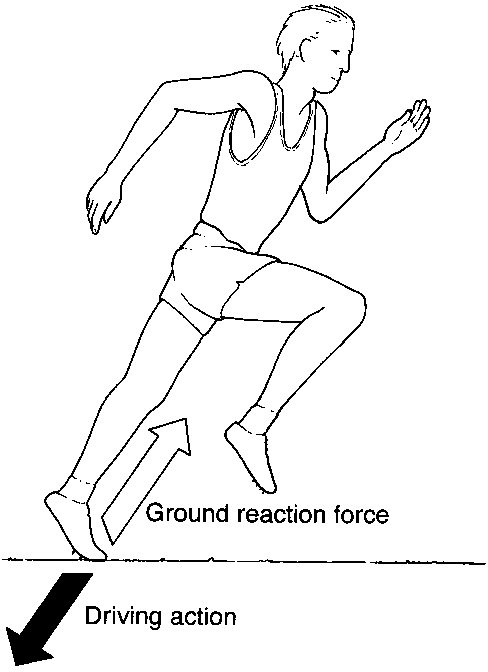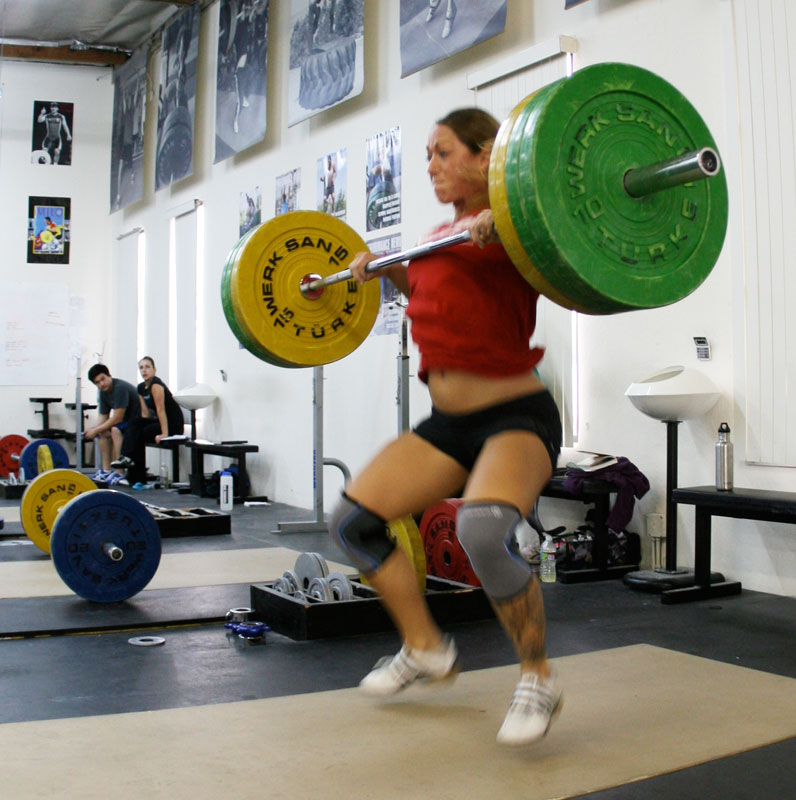4 Reasons Why You Need To Keep Your Second Pull Straight.
The second pull is where you transfer the momentum and force generated from the start to the bar to displace it overhead. Getting the second pull right will ensure that whatever weightlifting movements or their variations you intend to utilize will be done correctly and efficiently. And here I discuss why it is then important to keep it as straight as possible.
1. Less horizontal displacement = more vertical displacement.

Image from Catalyst Athletics.
The displacement of the barbell is a vector of horizontal vs vertical movement. I always use the reference to a wooden stick of a fixed length. If force exerted and peak velocity are kept to a constant, this means that the barbell will always travel a certain distance up (displacement). This is shown through the length of the dowel or wooden stick. If we leave the stick standing vertically, the top end of the stick will be at the highest level compared to the ground. However, the moment we start to lean it on an angle, the top end of the stick will be lower and lower as it gets more inclined in relation to the ground. Same for your barbell. If your barbell is moving more in the horizontal direction, it takes away the vertical component of its displacement, resulting in less vertical distance and loss of peak bar displacement or height.
2. To reduce the looping of the bar when it reaches peak displacement.
 Image from Tommy Kono.
Image from Tommy Kono.
This is somewhat related to the first point regarding horizontal displacement. This is also called the parabolic effect. Easiest example to explain this is the kicking of a ball off the ground over a distance. the path it travels has a certain shape to it to reach its peak height. On the way down, this is mirrored, creating an inverse U-shaped path when it hits back onto the ground. Now let's relate this to the path of the barbell. If the barbell is reaching peak displacement with a significant horizontal component (i.e. more at an angle than straight up and down), as it comes back down, it will be moving down with the mirrored path it took, causing the looping of the barbell at the top. So doesn't that means that the straight the path of the bar as it reaches peak displacement, the less looping it will have meaning it will be closer to the vertical line of reference that it has travelled from?
3. Newton's third law = Action results in equal and opposite reaction

Image from Epic Martial Arts.
As stated, Newton's third law of motion suggests that whatever movement we perform, there will be an equal and opposite reaction to that movement. In order for us to jump, we perform a counter-movement by dipping down. As we press our weight down through our feet into the ground, this force we impart to the ground creates a ground-reaction force which propels our body up along with us extending our legs for more drive in the jump. What we have also done is create momentum that gets transferred from the downward direction and then driven back upwards. We can relate this to the second pull and the first two points of how any horizontal movement will make it difficult later on for the lifts. Momentum is the product of mass and velocity. The larger the mass, the more momentum it can have once it's moving fast. So this means that the momentum of the barbell as it moves up makes it difficult or requires more force to change its direction. Hence it is important that that momentum is directed in that vertical direction so that less work is needed to maintain its direction of movement.
4. More time for turnover and adopting of receiving position.

Image from Catalyst Athletics.
For this point, I refer back to the wooden stick or dowel I mentioned in the first point. If the bar is not moving in as straight a line as it should, this reduces the horizontal component of the peak height of the barbell. This would result in two things, 1. less space for the weightlifter to get into that receiving position, and 2. less time for the weightlifter to get into that receiving position. This simply means that you either have to fit yourself under the barbell by getting lower or faster under the bar.. or, which many of us have experienced, get spat out by the barbell coming down too quickly on us.
So this is basically why I emphasize on keeping the second pull straight. Because many a times, even myself, the second pull and how it is executed has a big significance to the outcome of the lift. Being able to keep vertical movement of the barbell in the lift would allow us to receive the weight with much ease and less struggling to keep the weight stable once receiving it.
How to do it? Or how to improve on it? That's another story for another time.
Or you can come find out in my next workshop.

